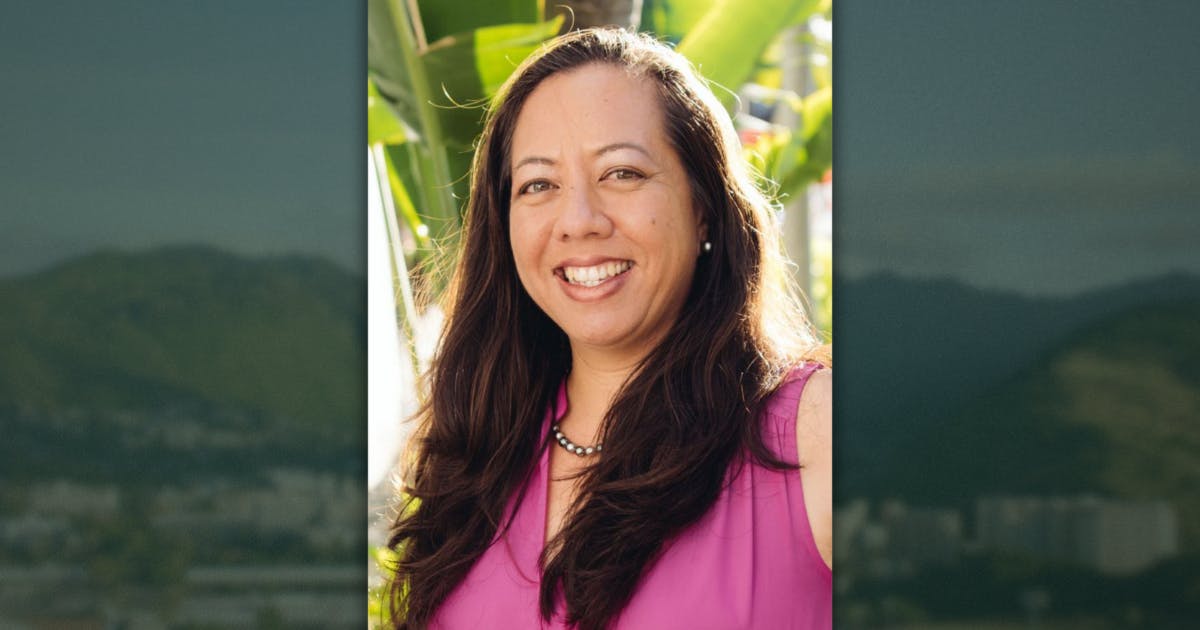Fellows mentioned in this story:
Kāwika Riley
Jack Kittinger
From Context:
When Kāwika Riley surveys the beaches and forested hills of the Hawaiian islands, his eyes are drawn to a dangerous interloper: flammable invasive grasses.
Two years ago, such grasses fed devastating wildfires that tore through the island of Maui, killing more than 100 people and causing $5.5 billion in damage.
"What you're seeing when you see those grasses grow is literally your risk and vulnerability increase," Riley, a coalition leader with environmental group Care for ‘Āina Now, told Context.
But managing the environment, such as controlling invasive grass growth, is expensive.
Hawai‘i has a gap of more than $560 million a year in conservation funding – a growing concern for the tourism mecca of surf, reefs and sacred mountains.
Now, under a first-in-the-nation law, Hawai‘i will implement a climate impact fee or "green fee" on the 10 million tourists who visit each year, expecting to raise $100 million a year.
Continue reading at context.news.
For Omidyar Fellow and University of Hawai‘i at Mānoa Interim Vice Provost for Student Success Katrina-Ann R. Kapāʻanaokalāokeola Oliveira, supporting Maui students after the August 2023 wildfires isn’t just her job. It’s deeply personal.
